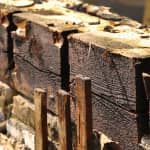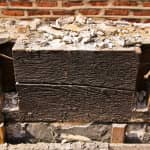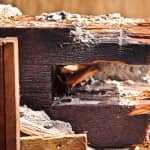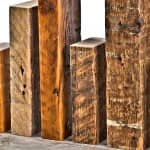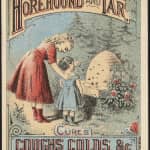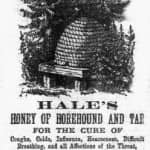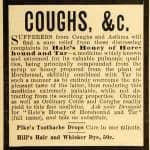documenting 19th century timbers and trash pits shortly after demolition of a chicago cottage
This entry was posted on June 7 2016 by Eric
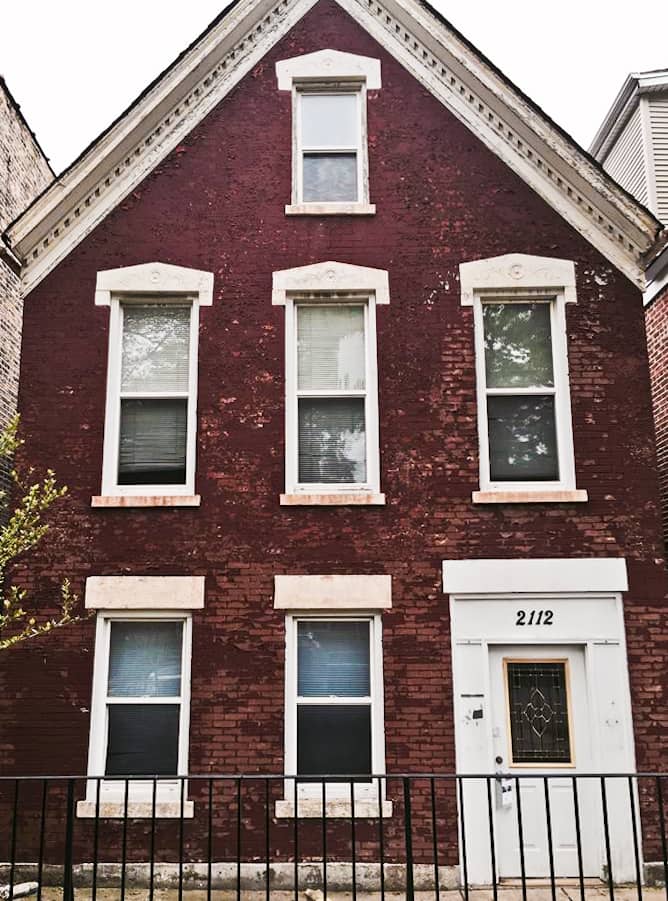
sadly, i missed salvaging and/or documenting the death of this steeply-pitched gabled roof masonry chicago cottage constructed around 1890-1895. when i did make it to the site, all that remained were partially intact brick foundation walls, with the heavily notched interlocking pine wood sill plates resting on top, and plenty of "insulation" (in this case, a mixture of mortar, wood shavings, sections of lath, and a pile of broken plaster keys caused by the failed mechanical bond with the strips of lath nailed against the studs).
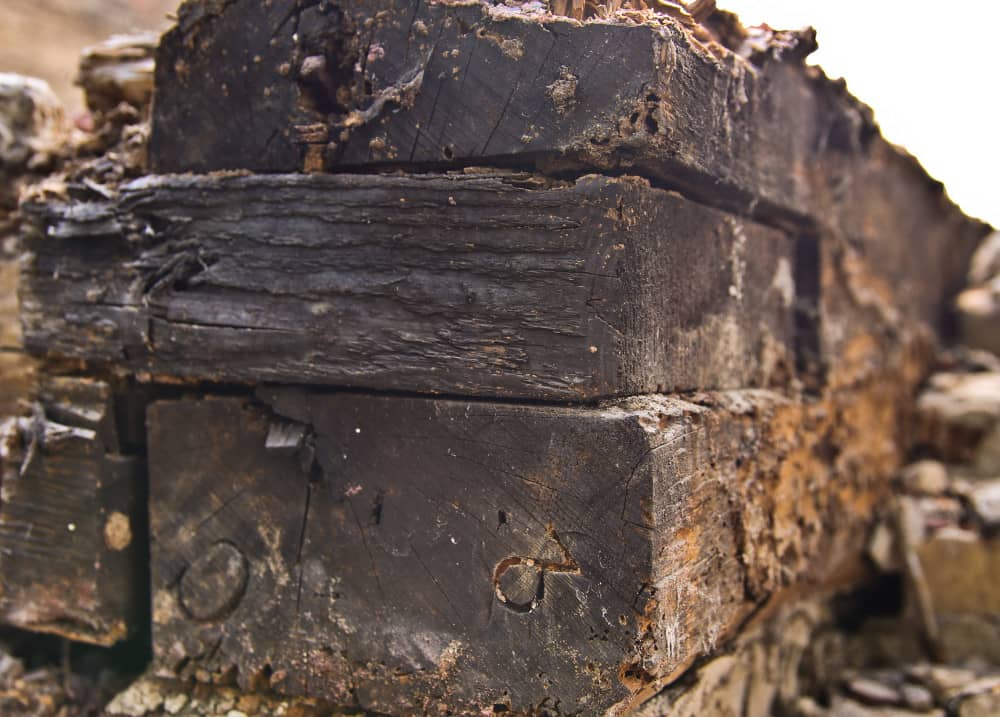
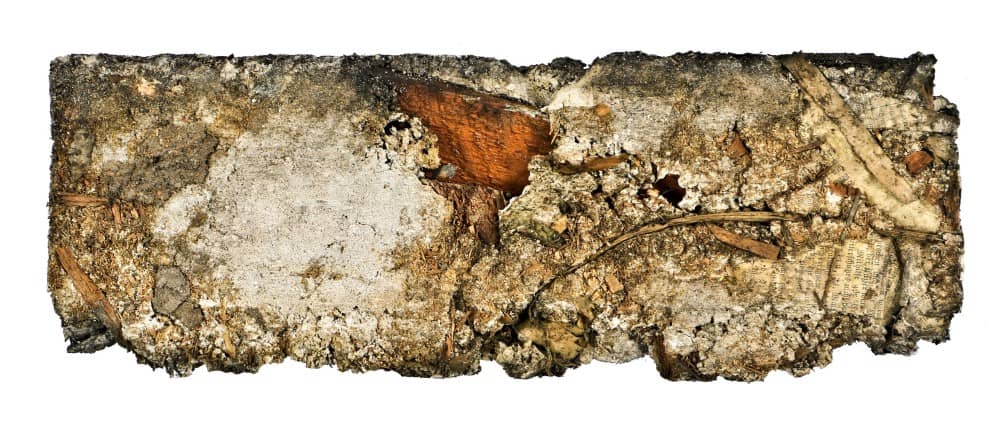
when these piles of debris were fully exposed, situated between the studs that were either mortised into or toenailed against the sill plates, i carefully sifted through all of it looking for anything unintentionally left behind by the scores of tenants that called the cottage home since the late 19th century. finding material (e.g., newspaper, letters, advertising, combs, coins, etc.) not only helps identify the date of construction, but provides some insight into the daily lives of the occupants who resided there. unfortunately, in the end nothing was found, with the exception of a single marble that was likely made during the depression.
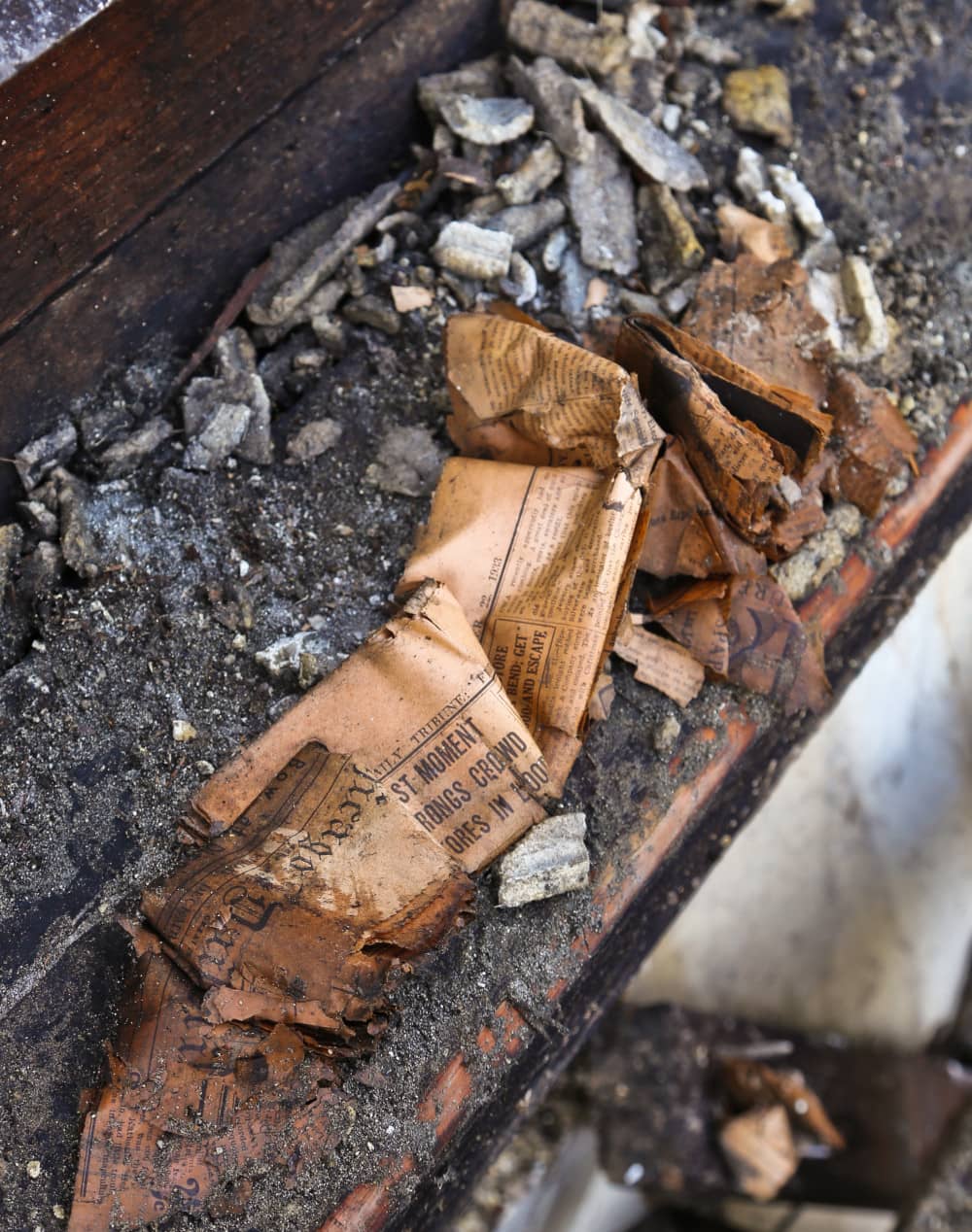
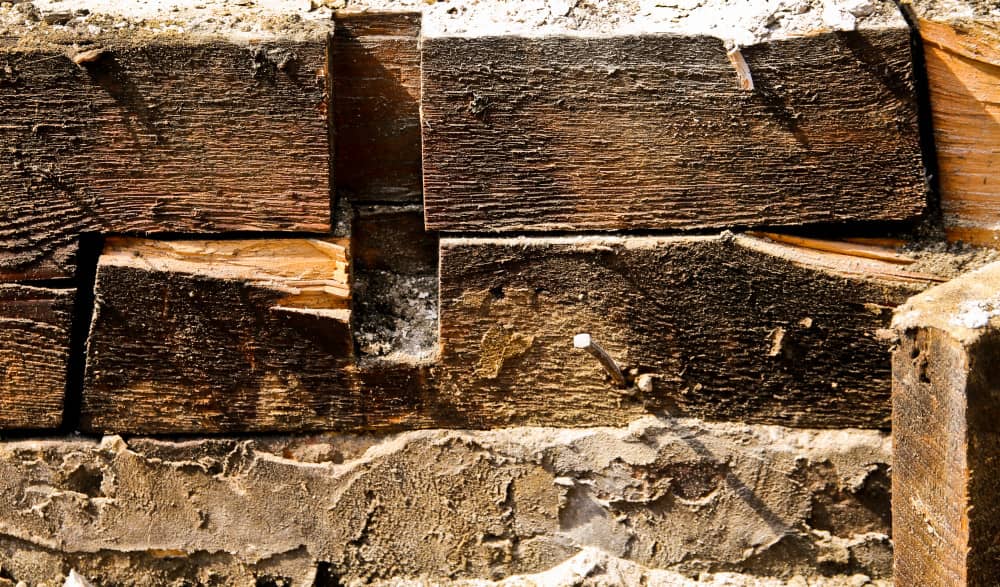
since the sill plates were left largely undisturbed, despite the thrashing of the excavator's bucket pulling down the house the beams supported, i spent some time taking notes, measurements and photographing the configuration (i.e. placement of the beams in relation to one another), existing condition, the type of nails or "spikes" used, the type of joinery, and placement of the notches for both the joists and the studs.
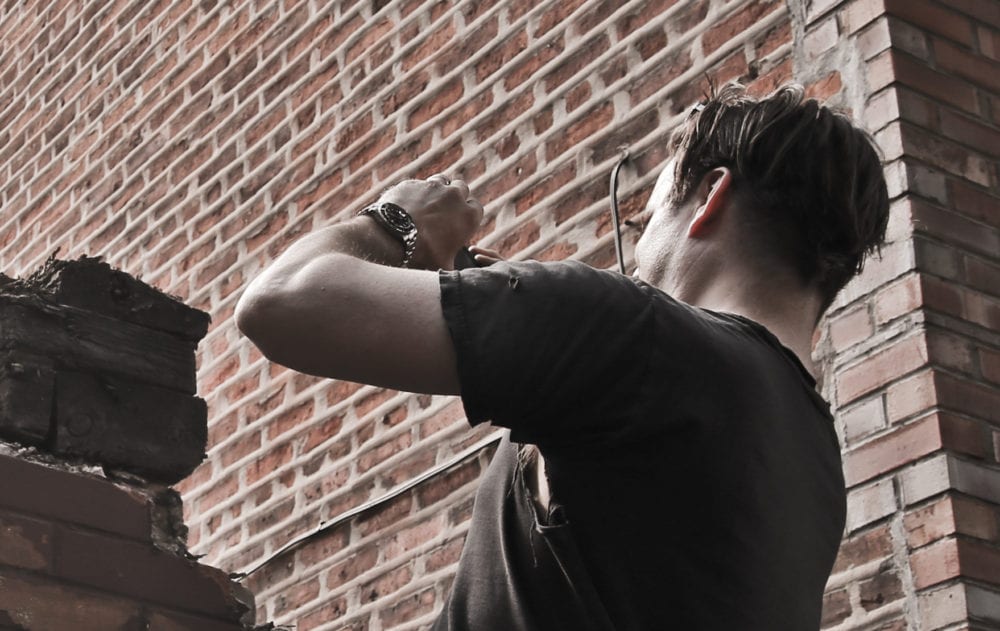
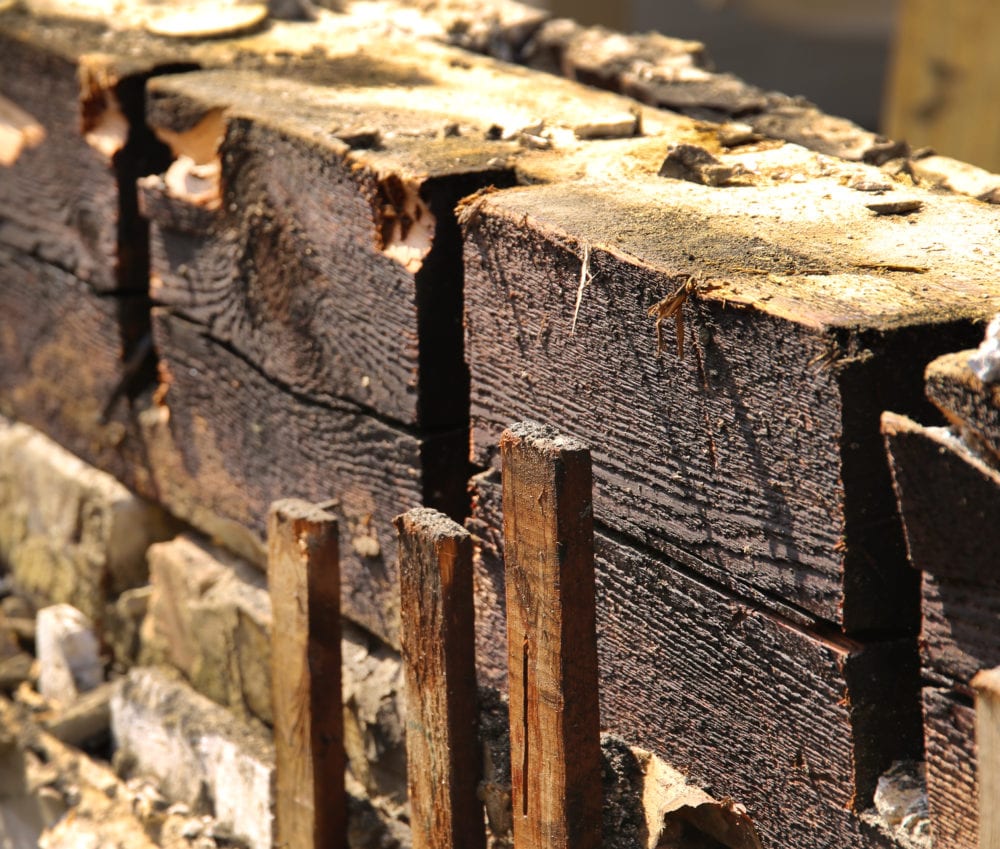
i must admit, these heavy timbers continue to amaze me, especially by the fact that they are heavily notched in the "old world" fashion. these older construction methodologies appear to have still been very much part of building as the 19th century drew to a close, even as the technology and materials had advanced enough that none of this was necessary. it seems "old habits die hard," and i'm convinced that some reluctance to change or adopt new technologies is a part of the equation when addressing the existence of "old world" methods long after many considered it to be obsolete.
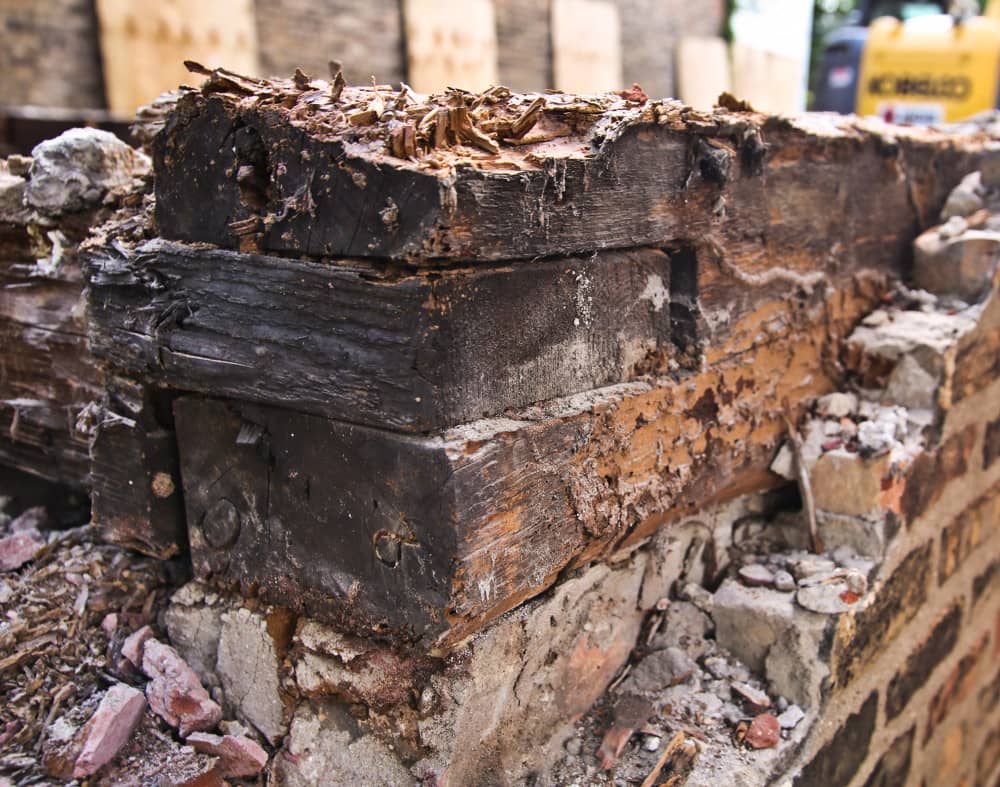
i returned once again during the excavation of the lot with the hopes that unearthing a 19th century privy or burn pit might yield further clues as to the age of the house and what the residents consumed (with the first wave of occupants in mind). sure enough sure enough, after only a few hours of digging, i discovered several ash pits containing animal bone fragments, bits and pieces of brightly colored lithographed china, soda and/or mineral water blobtop bottles, "utility" or condiment bottles and an unusually largely collection of medicinal bottles, with "hale's honey of horehound & tar" surfacing time and again, intact and in different sizes.

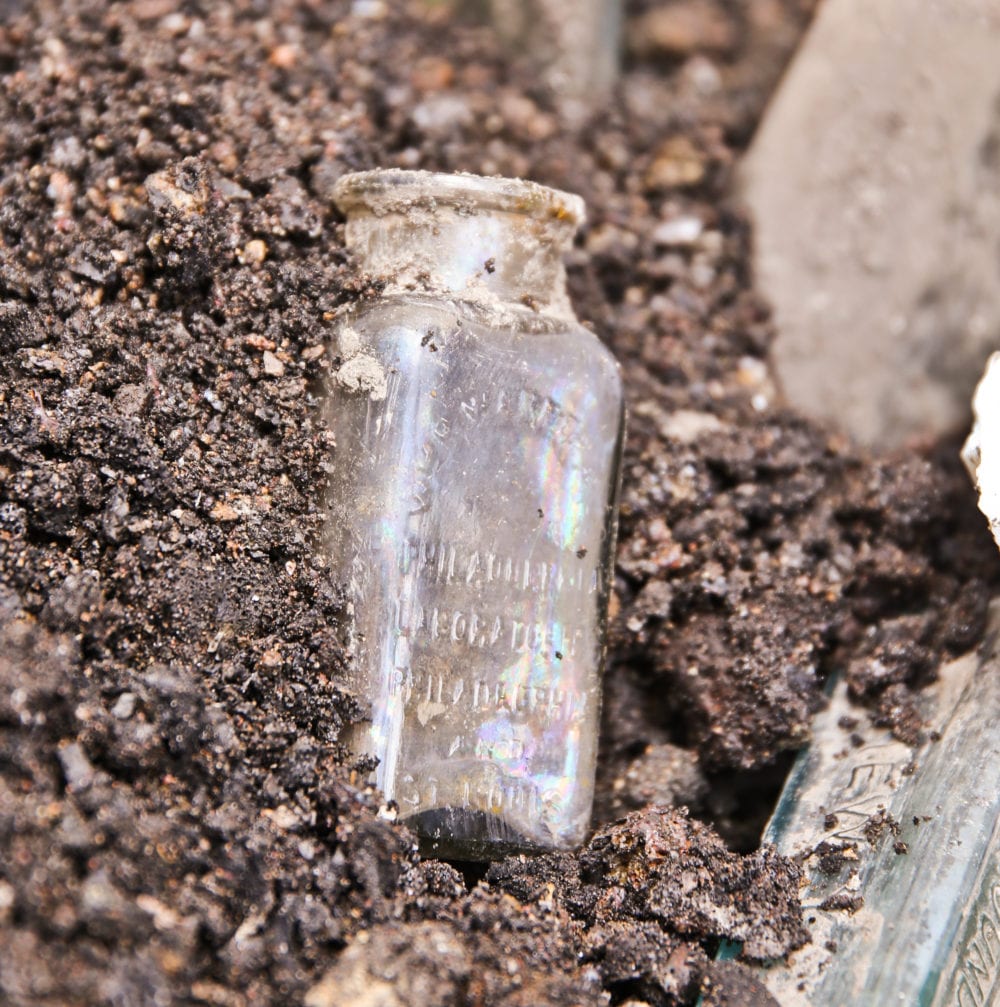
hale's was a remedy concocted for treating cough, cold, influenza, and all ailments of the respiratory system. according to an 1864 new york times article, it was "compounded from the favorite recipe of an illustrious physician and chemist, who for many years used it with the most complete success in his extensive private practice." the medicine was distributed by c.n. crittenton in new york. existing records corroborate that the house was constructed around 1895, and the unearthed trash was no doubt a reflection of the first occupants who resided there.
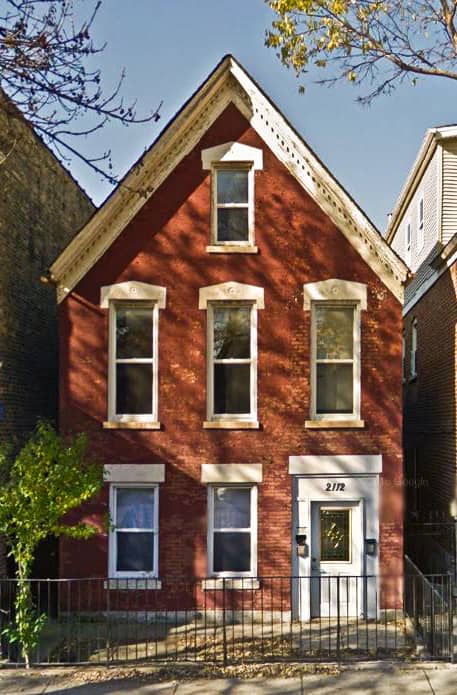
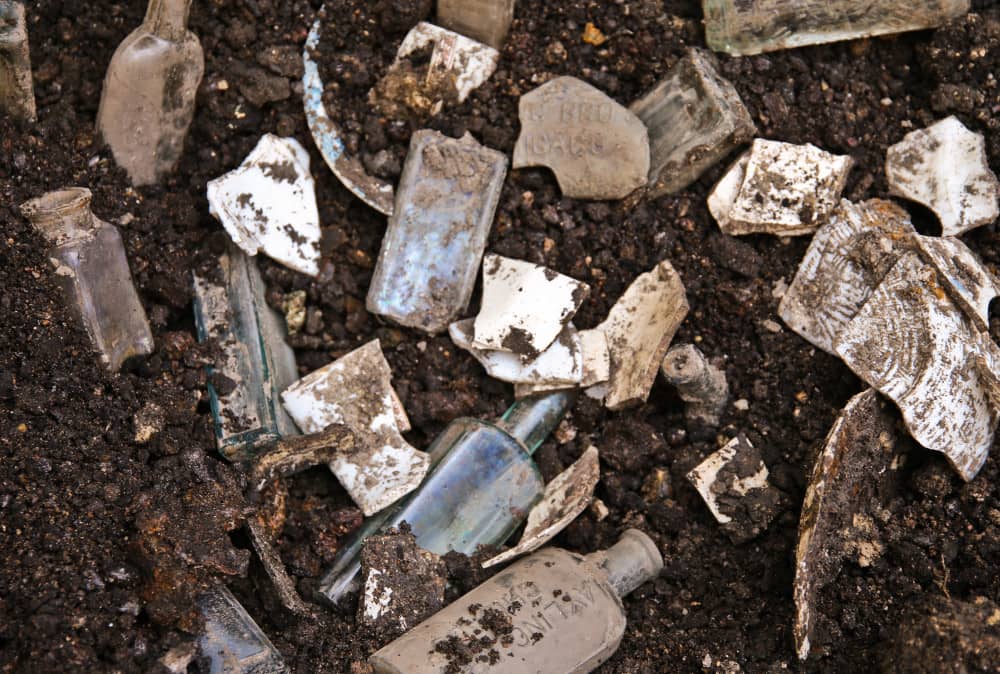
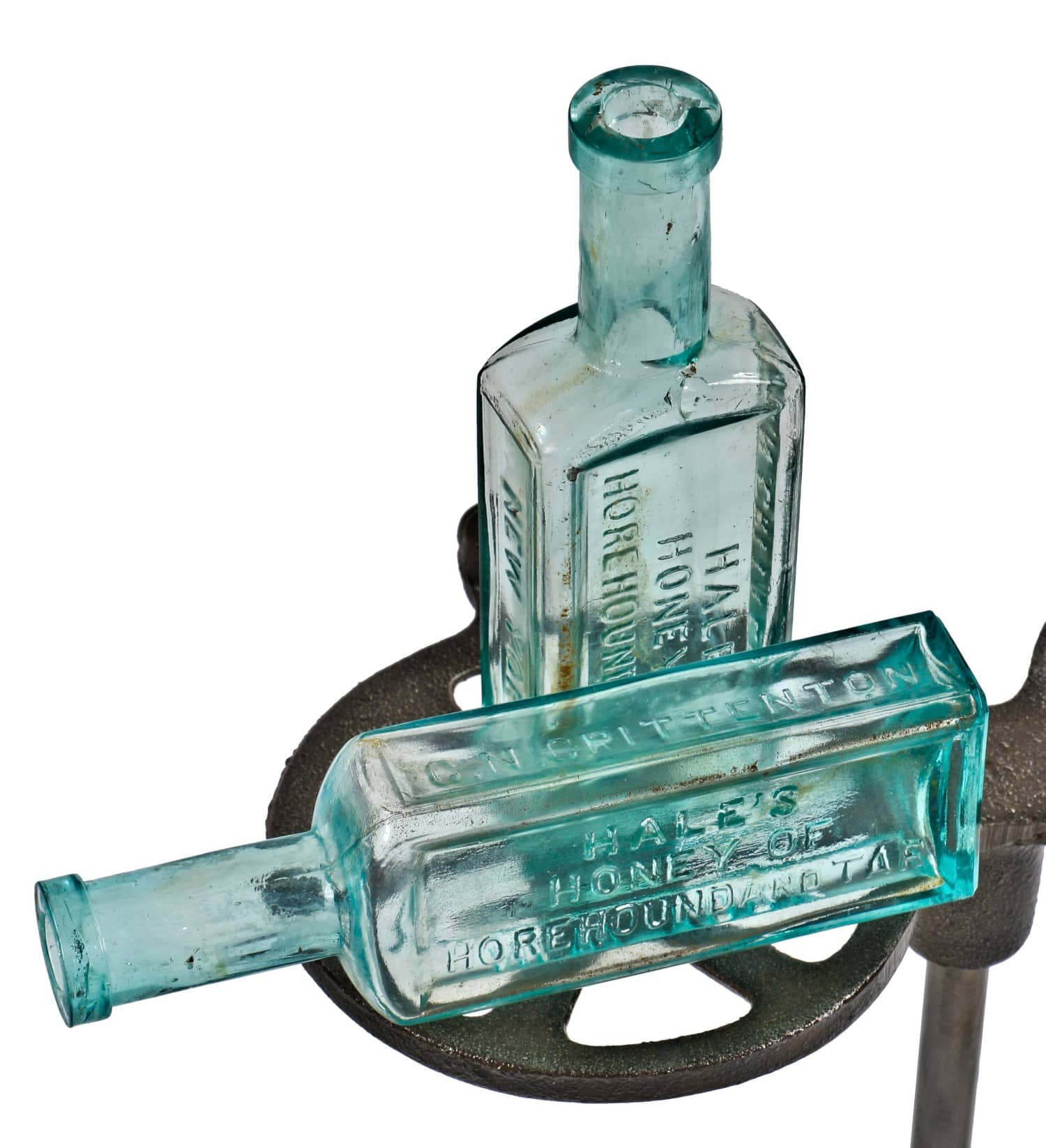
so the house is long gone, and a big part of the narrative was not captured because i was not available to document the interior while it stood, nor the subsequent death as it was demolished. i did manage to collect more data for my deconstructing chicago project, through the careful analysis of the house's sill plates.
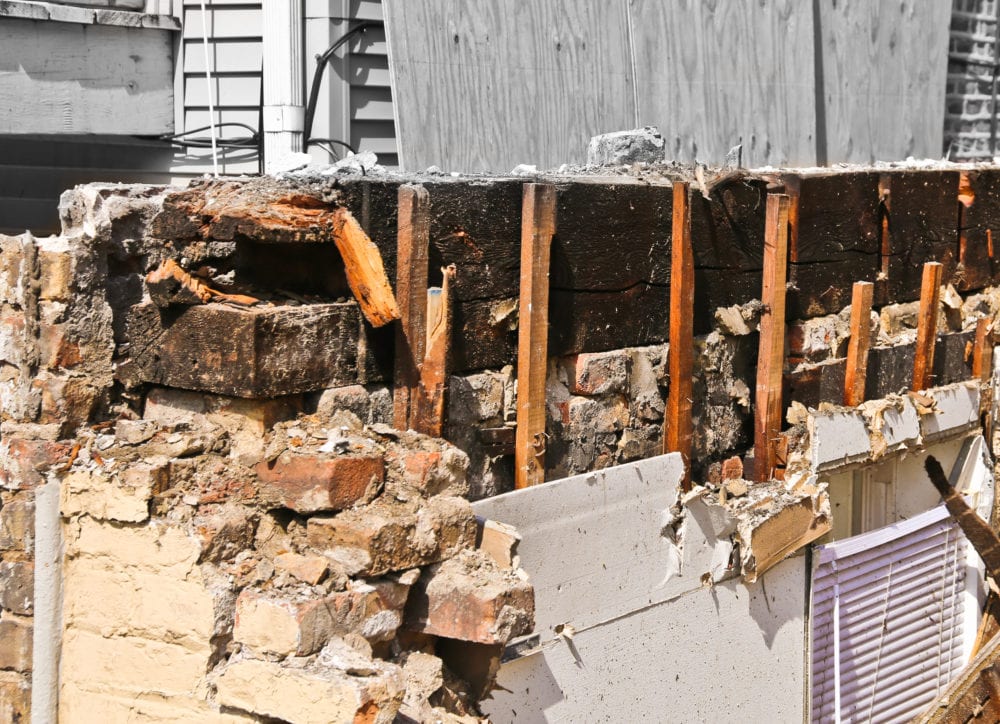
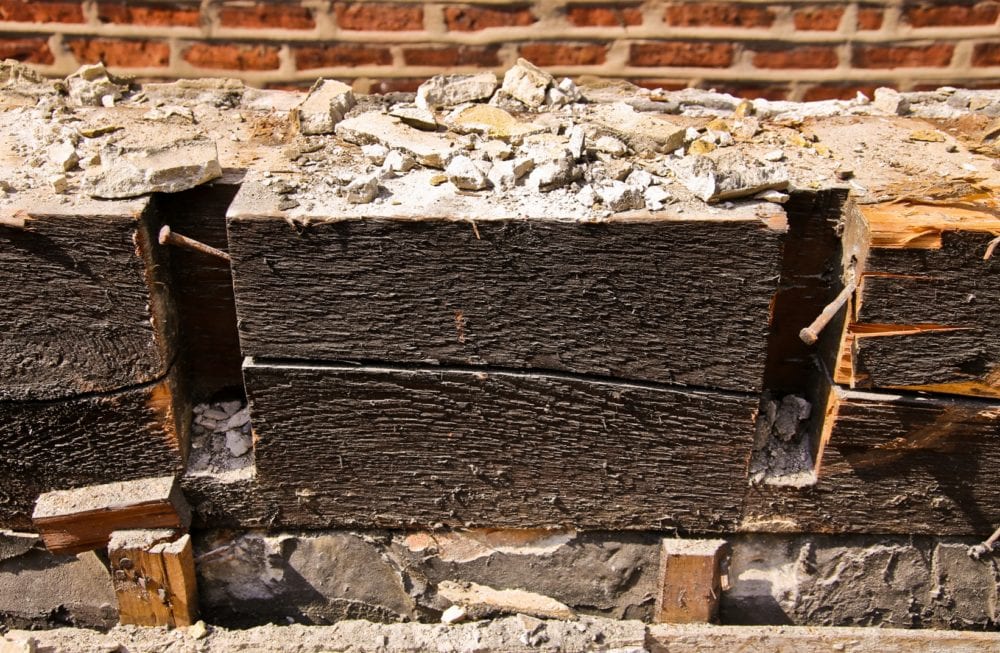
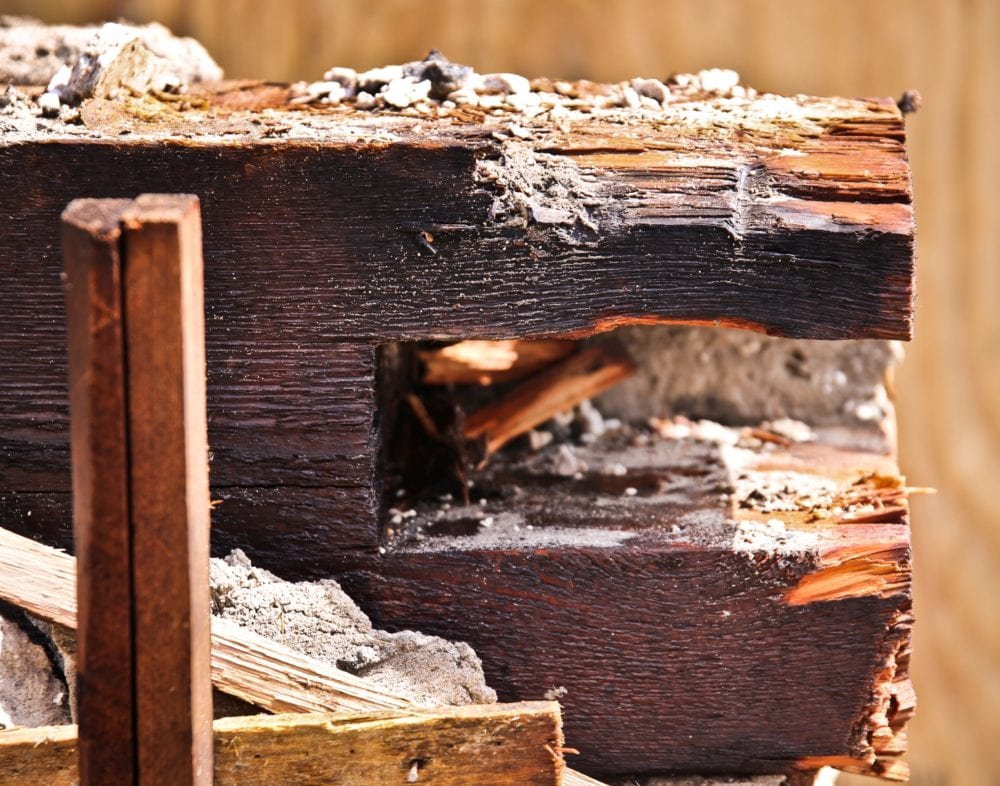
i additionally used unearthed, intact artifacts buried in trash pits to better understand the day-to-day lives of the occupants who once resided there. i cannot be terribly frustrated for failing to construct a complete narrative around this now-demolished 19th century chicago cottage, since circumstances surrounding it were out of my control. i am left instead with the bittersweet feeling that i succeeded in culling adequate imagery and artifacts from the house, even as its demolition went unwitnessed.
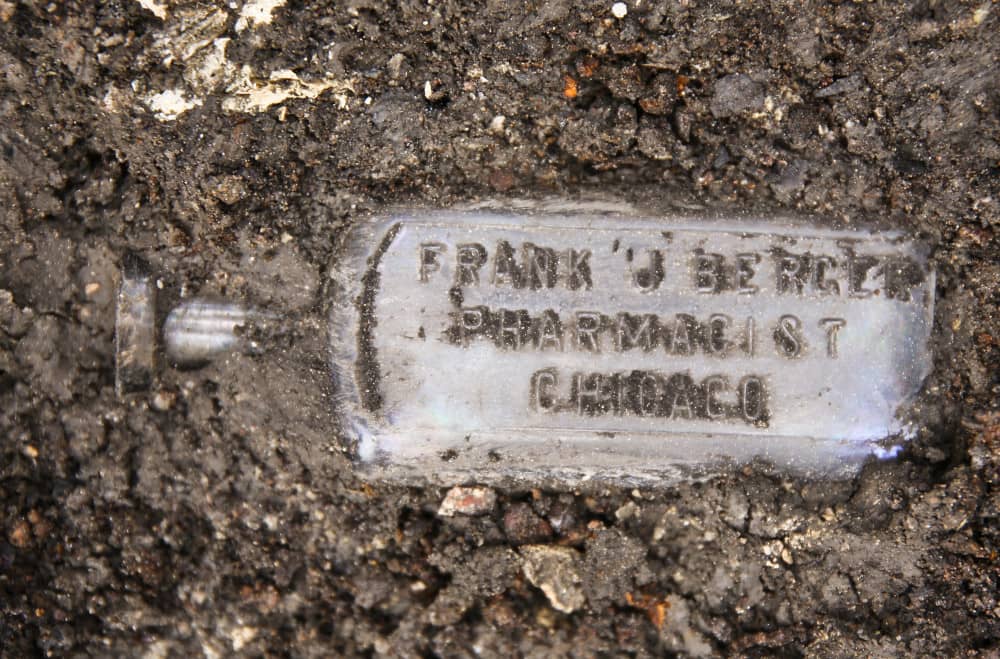
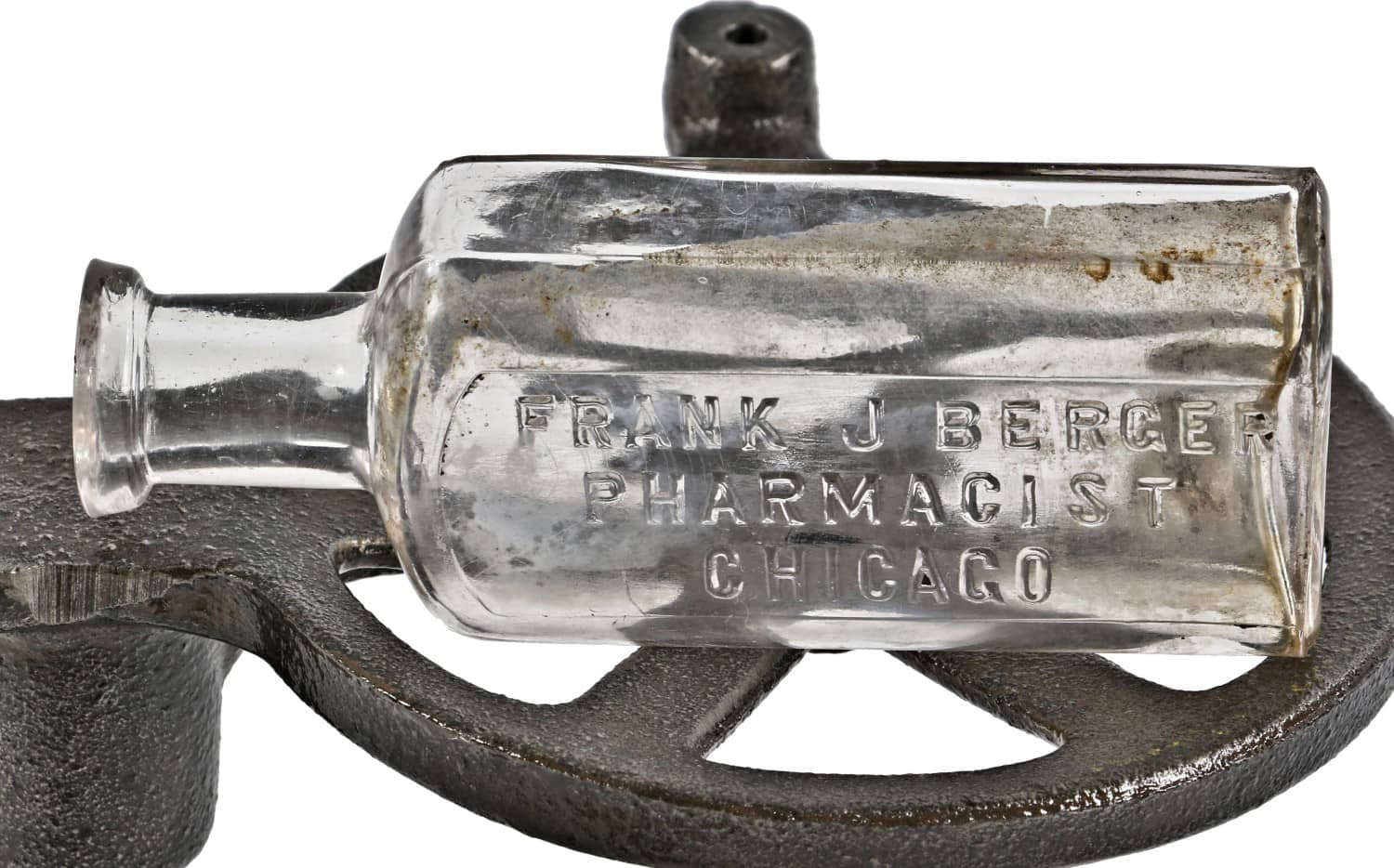
This entry was posted in , Miscellaneous, Salvages, Bldg. 51, New Products, Events & Announcements, New Acquisitions, Featured Posts & Bldg. 51 Feed on June 7 2016 by Eric
WORDLWIDE SHIPPING
If required, please contact an Urban Remains sales associate.
NEW PRODUCTS DAILY
Check back daily as we are constantly adding new products.
PREMIUM SUPPORT
We're here to help answer any question. Contact us anytime!
SALES & PROMOTIONS
Join our newsletter to get the latest information

